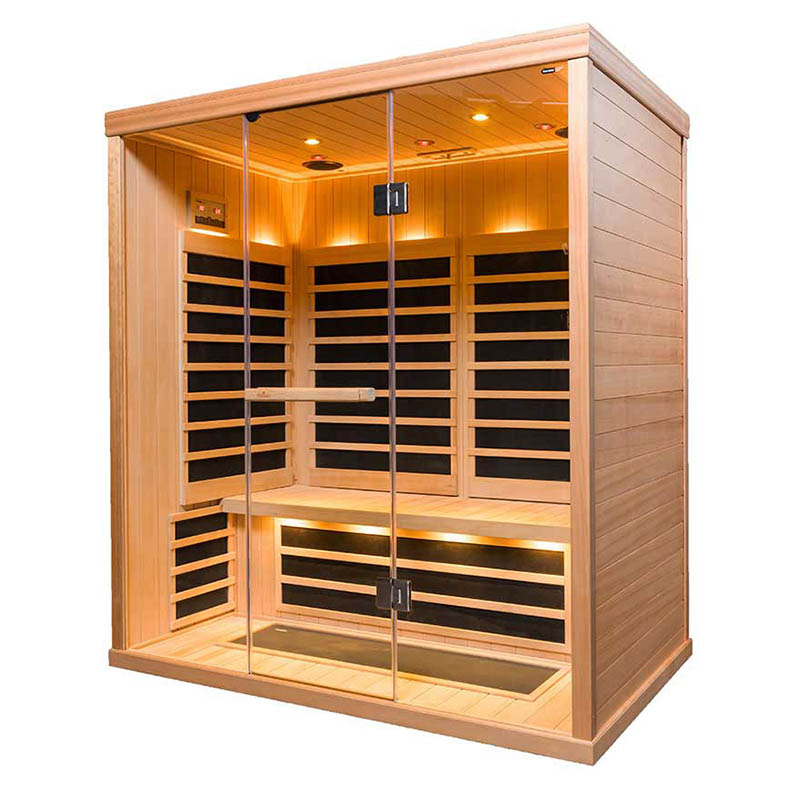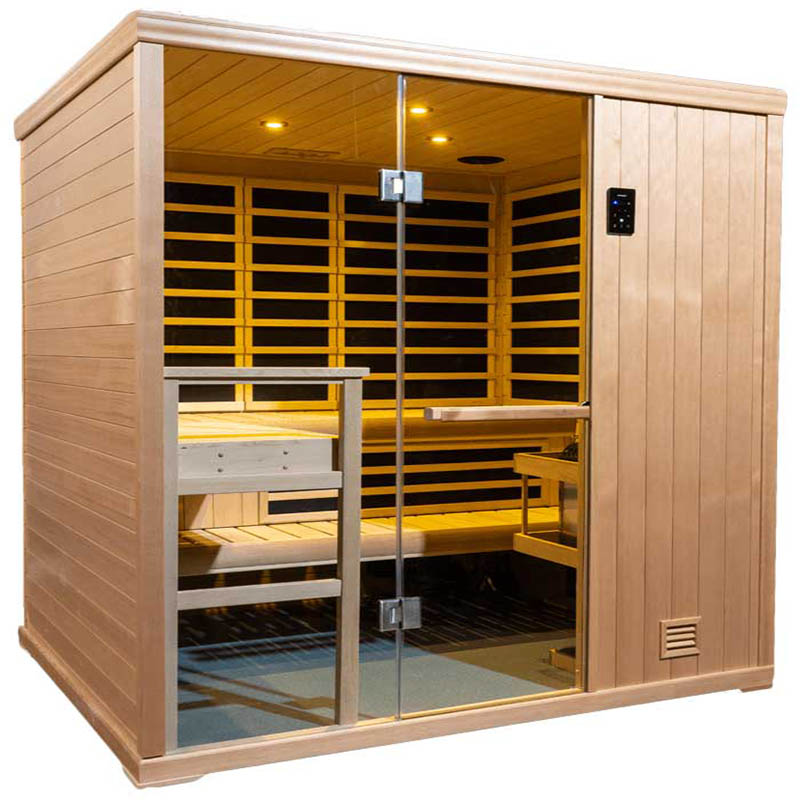Adding a sauna to your home can be a life-changing decision, no matter which style you choose. However, selecting the right one for you can make the already amazing addition all the better.
But what exactly are the different types of saunas, and why might you want to choose one over the other? Take a look at this quick and easy guide for the answer to that question and much more.
Traditional Saunas
Traditional saunas, ️are an evolution of the same exact bath houses that people have used for thousands of years. They were originally heated with the help of a wood fire, but today, the warmth comes from electric heat.

Those electric heaters warm the air in a traditional sauna to achieve the desired temperature. From there, the air warms your body, raising your core temperature until your heart rate and blood flow increase and you begin to sweat.
Infrared Saunas
Infrared saunas have existed for a decidedly shorter period of time than the traditional sauna. While the traditional sauna has been around for millennia, the infrared sauna was first invented in the 1960s.

Because they are far newer inventions, infrared saunas boast some newer technology. They use infrared light to heat your core directly rather than heating the air, which then contacts the skin and, in turn, heats the core. Because of this, temperatures in an infrared sauna don’t need to be nearly as high as they can be in a traditional sauna.
InfraSauna®️
For those who can’t choose between a traditional or infrared sauna, there’s the InfraSauna®. With this option, you can enjoy the best of both worlds: the classic comfort of a traditionally heated sauna and the quick convenience of an infrared one.

Which Option Is the Best for Me?
You can’t necessarily go wrong with any type of sauna, but each has unique qualities that can potentially make one the best choice for you. Take a look at some of the biggest differences below.
Heating Method
The traditional style of sauna heats the air around you, which will heat up the body. An infrared sauna uses infrared light to heat the body internally. This means that the feel of the different styles of sauna can be fairly different, so testing both out before making a decision can be a great choice.
Another difference related to heating methods is that with infrared saunas, you’ll want to have your heaters on nearly constantly, as the sauna will rapidly cool once turned off.
Sauna Temperature
Another big difference between traditional and infrared saunas is the different temperatures required to enjoy their amazing benefits.
Infrared saunas are more efficient in warming the body, so they only need to be heated to somewhere between 120 and 140 degrees Fahrenheit. On the other hand, the ideal heating range for traditional saunas is between 150 and 185 degrees Fahrenheit. Some prefer the hotter temperatures, while others feel more comfortable in the lower ones.
Heat-Up Time
In terms of how quickly they can heat up, infrared saunas have a clear edge. The traditional sauna requires about 30-45 minutes of heat-up time to reach a desirable temperature, while infrared saunas can be ready to go in about 15-20 minutes. While that is a quicker heat-up time, if you think you’d prefer the traditional sauna, then an extra 15-25 minutes of prep isn’t necessarily a deal breaker.
Sauna Size
One of the more significant differences between traditional and infrared saunas is the room size and number of occupants they can accommodate. Traditional saunas provide more space for you to bring guests into the sauna space so you can enjoy a more social experience. The space in infrared saunas is typically more limited when it comes to the amount of seating.
Size could be a significant deciding factor for you, especially if you hope to include friends and family in your sauna experience.
Learn More About Saunas From New England Spas
If you’d like to know more about the different types of saunas then reach out to New England Spas today. We have locations in Norwell, Auburn, and Natick and we’ll be happy to answer all of your questions!








